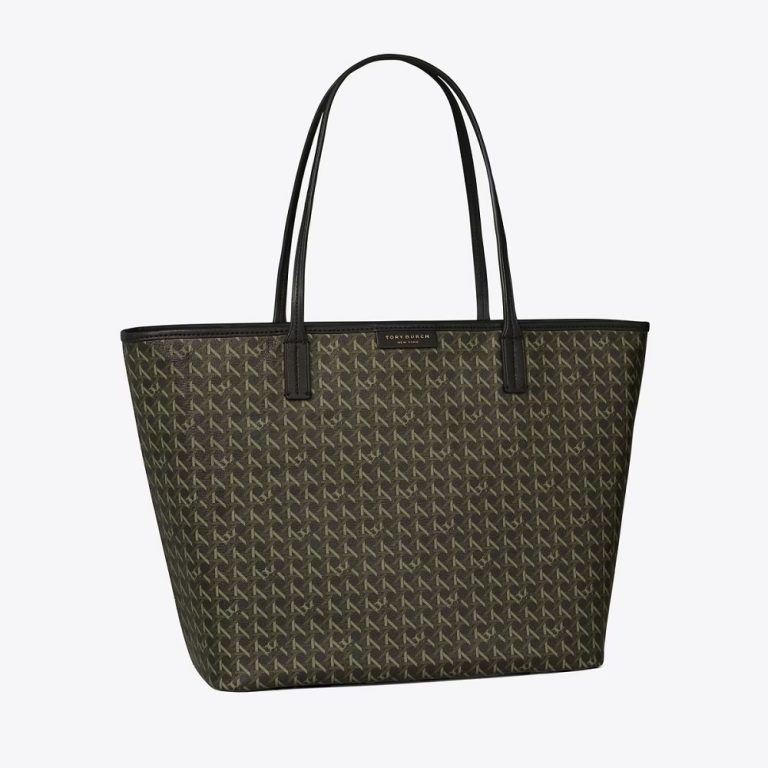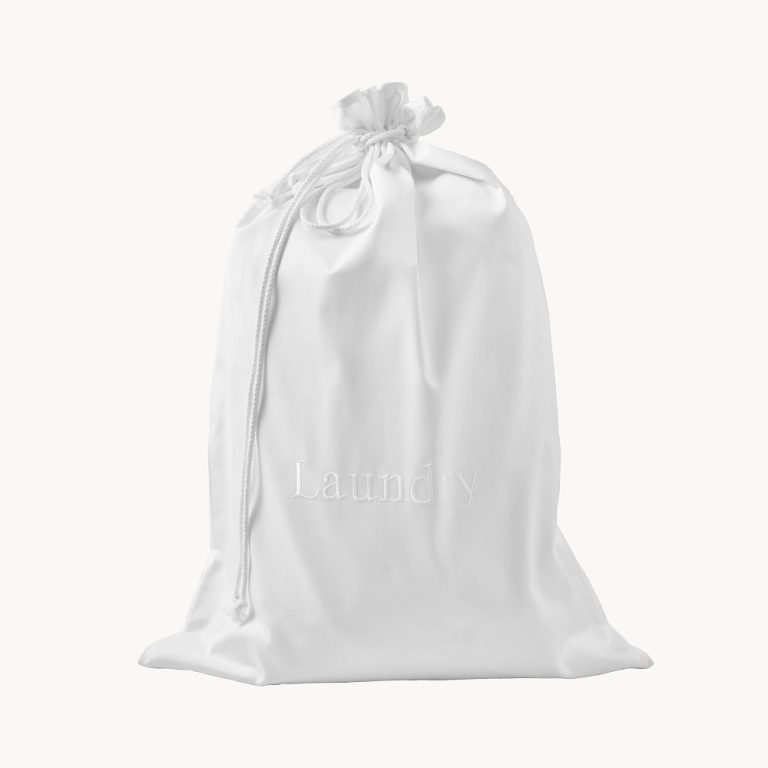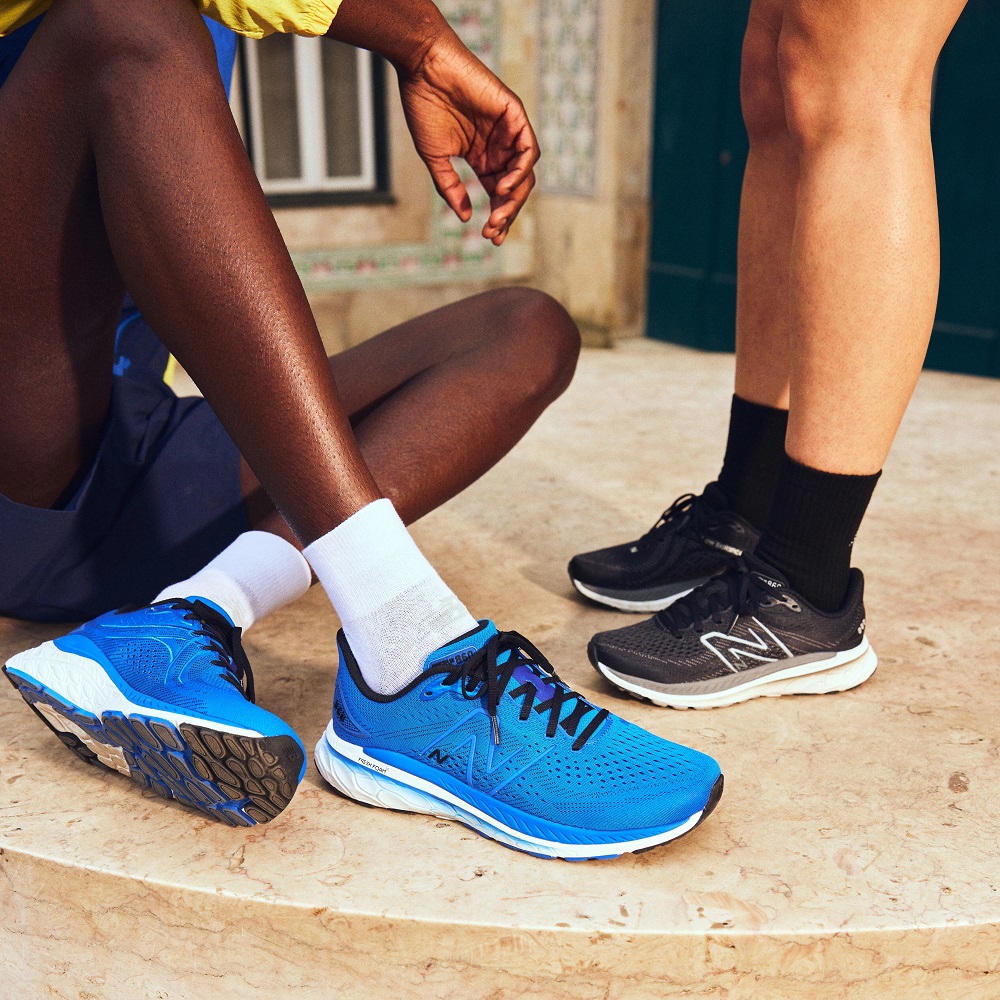
Flat Feet Running Shoes: Top Features to Look For in Footwear
What Are Flat Feet and How Do They Affect Running?
Flat feet, or fallen arches, can pose unique challenges for runners. Individuals with flat feet often experience discomfort, pain, and fatigue when running or engaging in physical activity. Therefore, choosing the right flat feet running shoes becomes crucial in mitigating these issues and ensuring a comfortable experience. This guide outlines the top features to look for in running shoes specifically designed for flat feet, helping each runner find the perfect pair.
Characteristics of Flat Feet
Flat feet can be easily identified by observing how your feet look and function:
- Low or No Arch: The arch of the foot is absent or very low.
- Overpronation: The feet tend to roll inward excessively when walking or running.
- Stress on Ankles and Knees: Flat feet may place undue stress on these joints.
- Tendency for Pain: People with flat feet may experience discomfort in their feet, legs, and back.
Common Challenges for Runners with Flat Feet
Flat feet can create specific challenges for runners, including:
- Increased Risk of Injuries: Overpronation can lead to injuries such as shin splints and plantar fasciitis.
- Reduced Shock Absorption: Flat feet lack the natural arch for absorbing impact, causing strain.
- Fatigue and Discomfort: Long runs may lead to faster fatigue and ongoing foot pain.
- Difficulty Finding Suitable Shoes: Standard running shoes may not offer the necessary support.
Understanding these challenges helps flat-footed runners choose the right solutions for better performance and comfort.
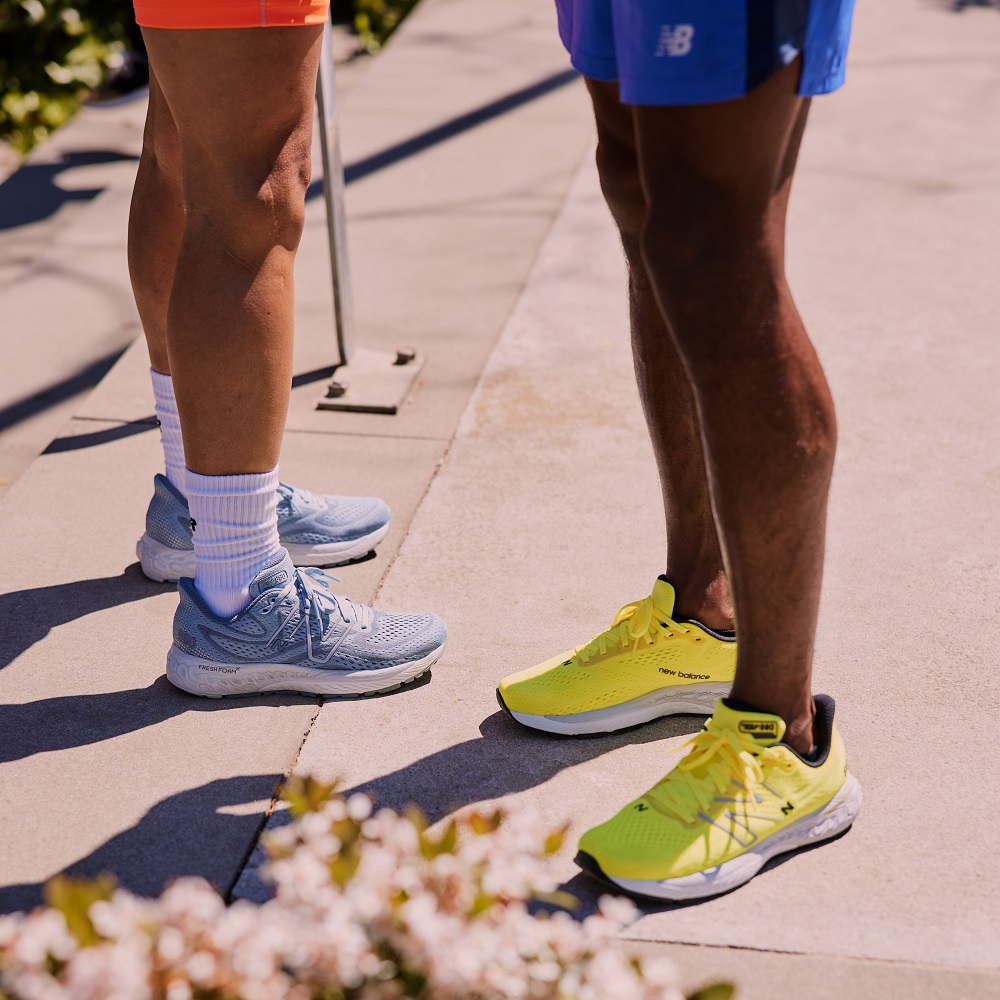
Importance of Choosing the Right Running Shoes for Flat Feet
Running shoes for flat feet play a crucial role in a runner’s overall well-being. Selecting the right pair can significantly enhance comfort, support, and security during activities. Below, we delve into how these shoes impact comfort and performance, as well as their role in preventing injuries and overpronation.
Impact on Comfort and Performance
Proper running shoes for flat feet ensure ample comfort during workouts and races. Their design often includes:
- Enhanced Support: This minimizes stress on feet and legs during extended running sessions.
- Improved Cushioning: Protects your feet from the impact on hard surfaces, easing foot fatigue.
- Optimal Fit: Helps runners move naturally without added pressure or discomfort.
These features allow flat-footed runners to achieve better performance. The reduced strain encourages longer running durations, while maintaining overall comfort.
Preventing Injuries and Overpronation
Flat feet are prone to rolling inward, a condition known as overpronation. The right running shoes counter this issue by:
- Controlling Overpronation: Arch support keeps feet aligned and reduces excessive inward movement.
- Reducing Stress on Joints: Additional stability prevents unnecessary pressure on ankles and knees.
- Lowering Risk of Injuries: Proper shock absorption minimizes risks of conditions like shin splints and plantar fasciitis.
Choosing shoes designed for flat feet promotes safe running habits. These shoes help runners manage their condition and avoid long-term damage.
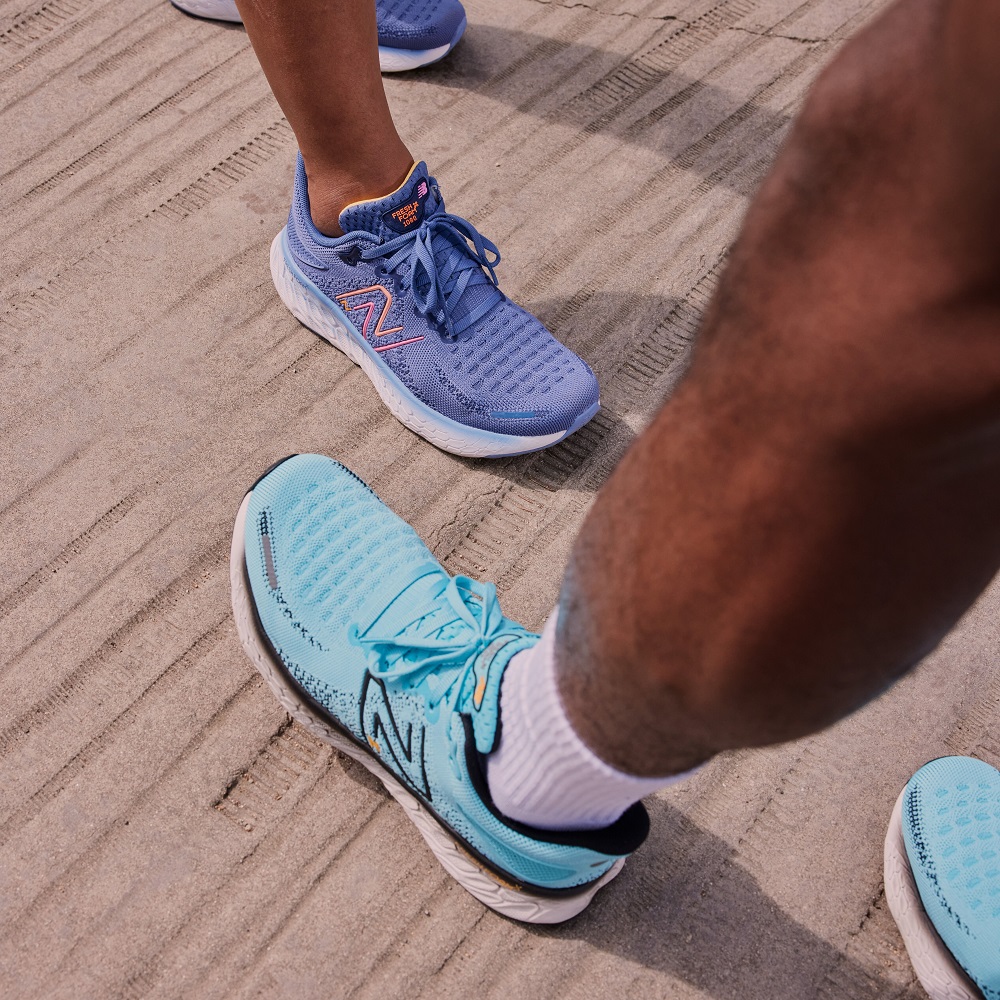
Features to Look for in Running Shoes for Flat Feet
Choosing the right running shoes is crucial for people with flat feet. To ensure comfort and prevent injuries, focus on the following key features.
Arch Support and Stability
Flat feet often suffer from overpronation, where the foot rolls inward excessively. To counter this:
- Arch Support: Look for shoes with built-in arch support to maintain foot alignment.
- Midsole Firmness: Opt for firmer midsoles to add stability during runs.
- Heel Counter: A sturdy heel counter enhances overall foot control and balance.
These features help distribute body weight evenly and minimize joint strain.
Cushioning and Shock Absorption
Flat feet lack the natural arch needed for absorbing impact. Cushioning solutions can mitigate this:
- Ample Padding: Select shoes with cushioning in the heel and forefoot for better shock absorption.
- Responsive Midsoles: Materials like EVA foam or gel provide additional comfort on harder surfaces.
- Wide Base Sole: A wide sole base enhances stability and supports even pressure distribution.
With better shock absorption, you can reduce stress on ankles, knees, and hips.
Proper Fit and Durability
To ensure maximum comfort and long-term use, pay attention to fit and durability:
- Roomy Toe Box: This allows natural spreading of toes while running.
- Snug Midfoot Fit: Ensures proper grip and reduces slipping or rubbing.
- Durable Build: High-quality materials prevent quick wear and tear, especially for active runners.
The right fit minimizes discomfort and enhances support over time. Prioritize trying shoes before buying wherever possible.
Top Running Shoe Brands for Flat Feet
Finding the right running shoe brand is crucial for individuals with flat feet. Leading brands offer specialized designs to enhance support, comfort, and performance. Let’s explore some recommended options and budget-friendly choices.
Recommended Options from Leading Brands
Several top-tier brands design running shoes tailored for flat-footed runners. Some of the best options include:
- Asics: Renowned for its Gel-Kayano and GT series, offering excellent arch support and stability.
- Brooks: Known for the Adrenaline GTS line, which controls overpronation effectively.
- New Balance: Provides versatile options like the 860 series with cushioned midsoles and ample support.
- Saucony: Features the Guide and Hurricane models for balanced stability and comfort.
- Hoka One One: Recognized for its enhanced cushioning and supportive design in models like the Arahi.
These brands focus on features like durable midsoles, cushioned footbeds, and secure heel counters. Prioritize trying different models to find the perfect fit for your feet.
Budget-Friendly Choices
For runners seeking affordable yet reliable options, there are several budget-friendly alternatives:
- Skechers: The GOrun series provides decent support without stretching your budget.
- Nike: Offers affordable models like the Revolution series with sufficient cushioning for flat feet.
- Reebok: The Floatride series combines lightweight materials with adequate stability for a reasonable price.
- Mizuno: The Wave Inspire line delivers value with reliable shock absorption and support.
- Adidas: Models like the Solar Glide ST offer a cost-effective solution for moderate overpronation needs.
Affordable options ensure you don’t compromise on basic necessities like arch support or cushioning. Look for sales and discounts to maximize value.
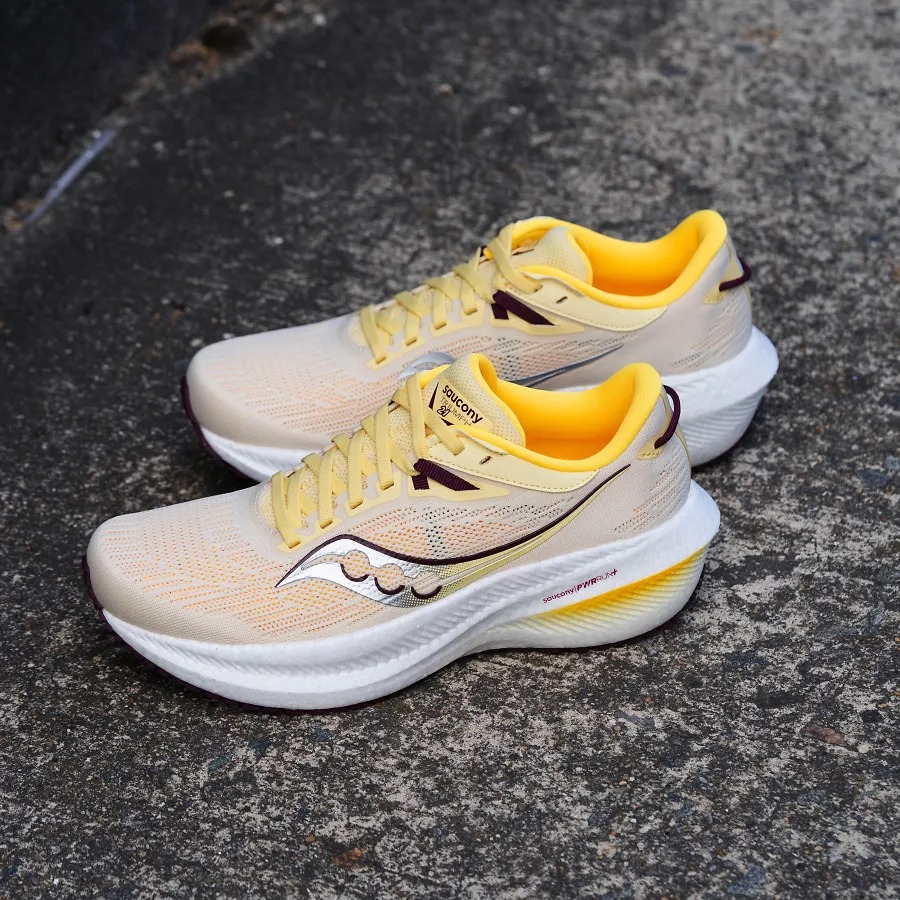
Custom vs. Off-the-Shelf: Which Shoes Are Better for Flat Feet?
Choosing between custom-made and off-the-shelf solutions for flat feet can be challenging. Each option has its unique advantages, depending on individual needs and preferences. Let’s explore the benefits of custom orthotics and how off-the-shelf shoes stack up.
Benefits of Custom Orthotics
Custom orthotics are specially designed to fit the unique shape of your flat feet. These offer specific benefits:
- Tailored Support: They adapt to your foot’s structure for optimal arch support and alignment.
- Improved Comfort: Custom designs address pressure points, reducing pain and enhancing performance.
- Corrective Functionality: They can help in correcting severe overpronation caused by flat feet.
- Durability: Custom orthotics are often made from high-quality materials and last longer than store-bought insoles.
While custom orthotics provide unmatched personalization and effectiveness, they are often more expensive and might require regular consultation with a specialist.
Off-the-Shelf Solutions: Pros and Cons
Off-the-shelf running shoes or insoles for flat feet are widely available. Here are their advantages and limitations:
Pros:
- Affordability: These options are budget-friendly compared to custom orthotics.
- Easy Accessibility: Off-the-shelf solutions are readily available in stores and online.
- Diverse Options: Many brands offer specialized designs for flat feet with features like arch support.
- Quick Solution: No waiting period for custom fitting; you can buy and use them immediately.
Cons:
- Limited Customization: These options might not fit your feet perfectly, potentially leading to discomfort.
- Variable Quality: Not all off-the-shelf options provide effective support or durability.
- Shorter Lifespan: Materials may wear out sooner compared to custom alternatives.
Off-the-shelf shoes and insoles are suitable for mild overpronation and general support needs. However, they might not work for more severe cases of flat feet.
Choosing between custom orthotics and off-the-shelf solutions depends on your foot condition, budget, and comfort preferences. Assess your requirements carefully to make an informed decision.
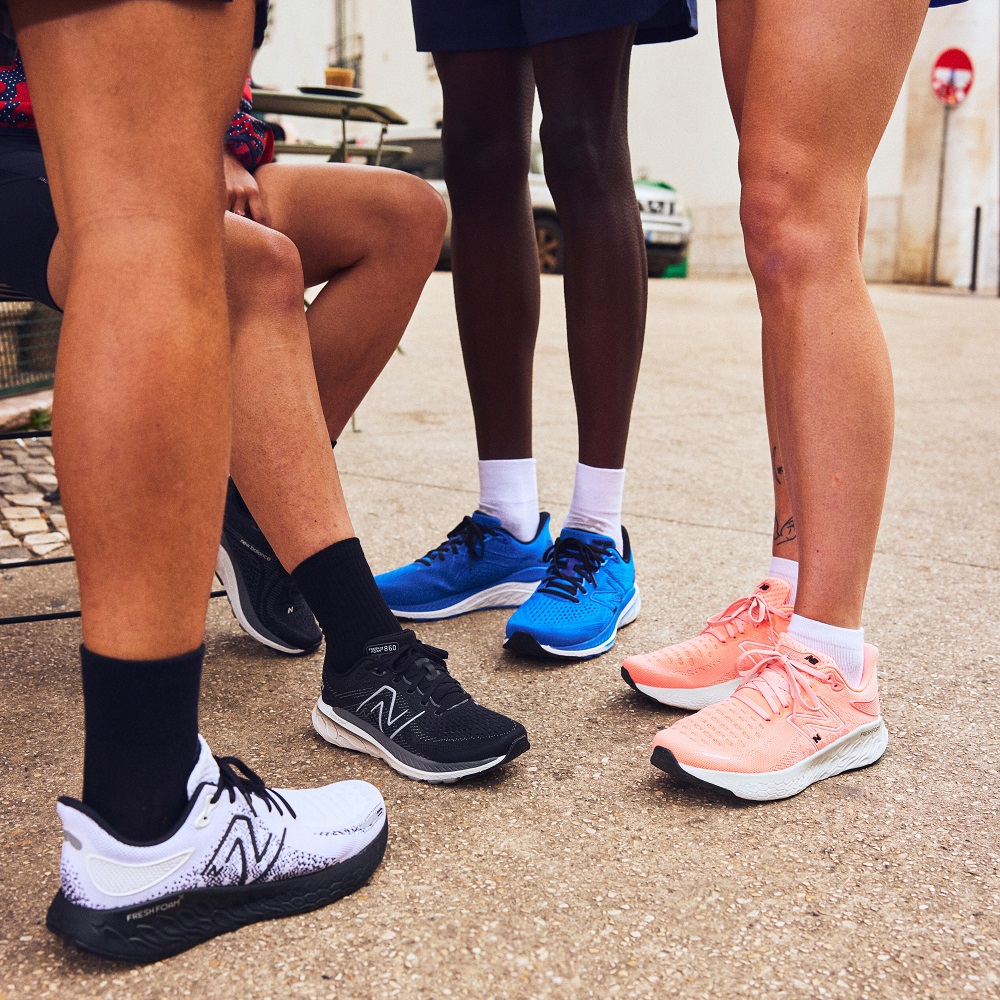
Tips for Runners with Flat Feet
Running with flat feet can be challenging, but the right approach can make it easier. By strengthening foot arches and adopting specific training strategies, flat-footed runners can enhance their performance while reducing pain and strain.
Exercises to Strengthen Foot Arches
Strengthening the foot arches is essential for better support and stability. Incorporate the following exercises:
- Toe Taps: Sit down and tap your toes repeatedly to engage foot muscles. Perform 15-20 reps.
- Towel Scrunches: Place a towel under your feet and scrunch it using your toes. Repeat 10 times.
- Arch Lifts: Stand and lift only your foot arch while keeping the toes and heels on the ground. Perform 10-15 lifts.
- Calf Raises: Stand on tiptoes and lower yourself slowly to strengthen flexibility and arches. Complete 15 repetitions.
- Foot Rolls: Use a massage ball to roll underfoot. This relieves tension and enhances arch support.
These simple exercises build muscle strength and improve foot alignment over time. Perform them 2-3 times weekly for optimal results.
Training Strategies to Reduce Pain and Strain
Training adjustments can help minimize strain caused by flat feet during running sessions:
- Shorter Distances: Begin with shorter runs to avoid fatigue and build endurance gradually.
- Soft Surfaces: Run on grass or tracks to reduce impact on joints and feet.
- Avoid Overstriding: Maintain a natural stride to prevent additional pressure on foot arches.
- Use Supportive Shoes: Opt for running shoes with added cushioning and arch support.
- Stretch Regularly: Stretch your calves, ankles, and feet before and after running.
- Rest Between Runs: Allow your body to recover, especially after intense sessions.
These strategies reduce discomfort and prevent overuse injuries over time. Combine them with proper footwear and foot exercises for maximum results.
Frequently Asked Questions on Running Shoes for Flat Feet
Can Over-the-Counter Insoles Help?
Over-the-counter insoles can provide extra support for flat feet runners. They often feature arch support to reduce overpronation. Insoles also improve cushioning, minimizing stress during impact. However, they may not fit perfectly for everyone. Runners with severe flat feet might need custom orthotics for tailored support. Overall, insoles are a good, budget-friendly option for mild cases.
How Often Should Flat Feet Runners Replace Shoes?
Flat feet runners should replace shoes every 300 to 500 miles. Shoes lose cushioning and support after extended use. Regular replacements prevent discomfort and maintain optimal performance. Signs it’s time for new shoes include worn soles or diminished arch support. Frequent runners or heavy-footed individuals may need replacements earlier. Always track your mileage to ensure timely shoe upgrades.
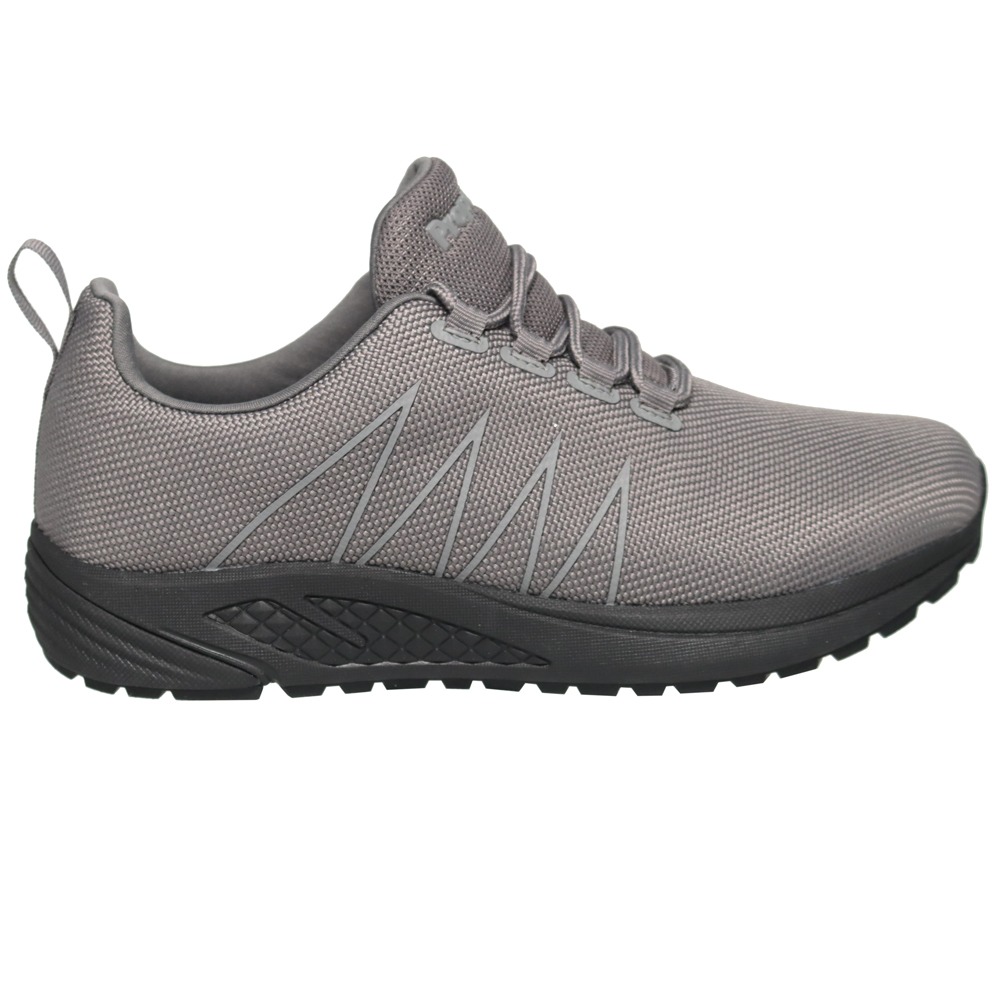
Buying Guide: Where to Find Running Shoes for Flat Feet
Finding the right running shoes for flat feet can be simple with a proper approach. Both online and in-store options offer unique advantages to help you select the perfect pair.
Best Places to Shop Online
Online stores provide a convenient way to explore a wide range of running shoes. Here are some popular platforms:
- Amazon: Offers numerous options, customer reviews, and often competitive pricing.
- Zappos: Known for its extensive inventory and excellent return policies.
- Running Warehouse: Specializes in running gear, often with detailed shoe descriptions and video reviews.
- Road Runner Sports: Features custom shoe fitting tools and loyalty discounts.
- Brand Websites: Brands like Asics, Brooks, and New Balance provide exclusive collections and new releases.
When shopping online, check customer reviews for insights about arch support, fit, and durability. Utilize size charts to ensure the shoes meet your specific needs.
In-Store Checklist for Testing Shoes
Visiting a store lets you test shoes for comfort and suitability before purchase. Use this checklist:
- Check the Fit: Ensure there’s adequate space in the toe box and a snug midfoot fit.
- Test Arch Support: Look for built-in arch support or stability features to minimize overpronation.
- Walk and Jog: Test the shoes by walking and jogging around the store to assess comfort.
- Evaluate Cushioning: Ensure adequate cushioning in the heel and forefoot for better shock absorption.
- Inspect Durability: Examine materials and stitching to verify the shoe’s long-term reliability.
Stores that specialize in athletic or running shoes often have knowledgeable staff. Some even offer gait analysis to suggest the ideal shoe for your foot type. Prioritize trying multiple pairs to find one that feels the most comfortable.
By combining online options with in-store visits, you can make an informed choice for your flat feet running needs.
Elevate Your Running Experience
Invest in Proper Footwear
In conclusion, selecting the right running shoes for flat feet is crucial for a comfortable and effective running experience. Prioritizing features such as arch support, cushioning, and stability ensures that your shoes meet your unique needs. By understanding your specific requirements and exploring various options, you can find a pair that enhances your performance.
Prioritize Comfort and Fit
Remember that comfort and fit play a significant role in optimizing your running experience. Proper sizing, width options, and adjustability should be prioritized when choosing your footwear. Make time to try on different shoes, and don’t hesitate to ask for help from experts at specialty running shops. Choosing well-fitting shoes will significantly improve your overall enjoyment during physical activity.
Enjoy the Journey and Stay Active
Ultimately, investing time in finding the right flat feet running shoes will lead to greater satisfaction and enjoyment in your running journey. The perfect pair will help you stay active and motivated while minimizing injuries and discomfort. Enjoy the process of discovering your ideal running shoes, and embrace the thrill of hitting the pavement with confidence. With the right footwear, every run can become a source of joy, comfort, and achievement.
